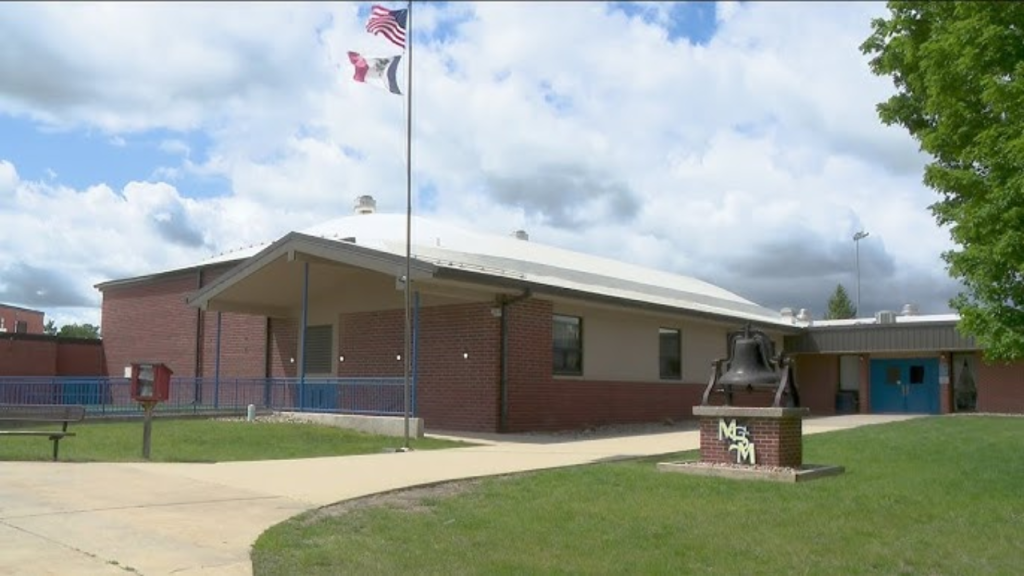
A growing number of school districts across the U.S. are embracing a bold shift in education policy: the four-day school week. Among the latest to join this trend is a metro school district that’s now receiving national attention after reporting significant success following the implementation of the new schedule.
I’d Give It an A
That’s how one teacher described the district’s transition to a four-day week, echoing the overwhelmingly positive feedback from staff and administrators. The compressed schedule, which typically shifts classes to Monday through Thursday, aims to address multiple systemic issues—teacher burnout, staff shortages, and budget limitations.
The decision, initially met with a mix of curiosity and skepticism, is now being hailed as a practical solution to ongoing challenges in public education.
Why the Shift?
According to Yahoo News, the metro district introduced the four-day week in response to issues that plague many school systems: difficulty in retaining teachers, lack of substitute staff, and tight funding. With fewer days in session, the district not only cuts operational costs—such as transportation, electricity, and cafeteria expenses—but also offers teachers a better work-life balance.
This change is not just about economics or logistics. It’s about creating an environment where educators feel valued and motivated—and it seems to be working.
Nationwide Trend Gaining Momentum
This metro district is not alone. Across the country, more school systems are piloting the four-day week with promising outcomes. Colorado’s 27J Schools, for instance, adopted the model back in 2018. The results? A boost in graduation rates and robust community support, as noted in a KRDO report.
Districts in Missouri, Oklahoma, and Texas have also reported increased teacher satisfaction, better attendance rates, and financial savings. These benefits have fueled a nationwide conversation about whether the traditional five-day school week is still the best model for modern education.

What About Learning Loss?
While the benefits are clear, not everyone is on board. A University of Montana study found that elementary school students in four-day week districts showed slightly lower proficiency in reading and math compared to those in five-day schools. Critics argue that reduced instructional time could potentially hurt student performance in the long run.
However, advocates for the four-day week argue that it’s not about quantity it’s about quality. Teachers in four-day week districts often report feeling more energized, better prepared, and more focused, which they believe leads to higher-quality instruction during the school days they do have.
Moreover, Fridays often become optional enrichment days, where students can engage in tutoring, extracurriculars, or project-based learning. This flexible time can actually help struggling students catch up without the pressure of traditional classroom expectations.
Community and Parental Response
Parents, too, are warming up to the idea. While concerns about childcare for the fifth day remain valid, many families appreciate the extra time for rest, family bonding, or extracurricular activities.
One parent stated, “At first I worried about coverage on Fridays, but now my kids are more relaxed and focused. We use the day for learning in other ways—museums, volunteering, even nature walks.”
A Model for the Future?
The four-day school week may not be a one-size-fits-all solution, but it’s certainly gaining ground. With early evidence of improved teacher morale, strong student engagement, and community support, it’s a model worth watching.
As more data is collected, policymakers and educators will have to weigh the pros and cons to determine if this scheduling shift should expand into more urban and suburban areas.
In a time when the education system is grappling with workforce shortages and increasing demands, innovation is not a luxury—it’s a necessity. This metro district’s experience with the four-day school week proves that thinking outside the box can lead to real, measurable success.
